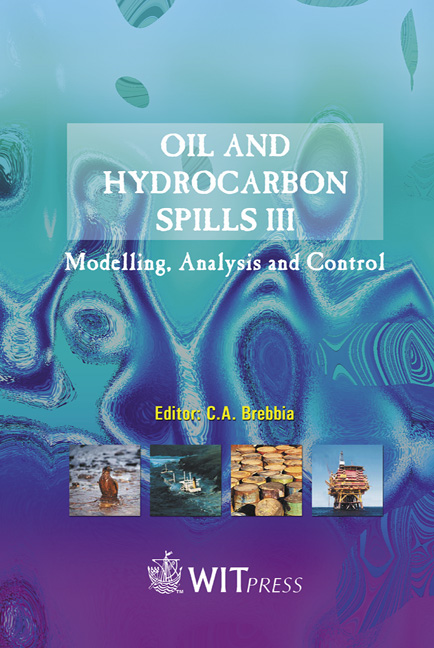Procedures For The Approval Of Oil Spill Treatment Products In The UK
Price
Free (open access)
Transaction
Volume
59
Pages
Published
2002
Size
1082 kb
Paper DOI
10.2495/OIL020301
Copyright
WIT Press
Author(s)
M. F. Kirby
Abstract
In response to oil spill incidents in the UK, counter-pollution teams use a wide range of remediation and recovery products. It is the policy of the UK to only use such products when necessary to protect wildlife, fishery and amenity interests. As such, a system is required to ensure that only those products that are both effective and environmentally acceptable are approved for use. Under UK legislation all substances used for treating oil spills in the marine environment must be approved. This paper describes the approval process, including elements of efficacy and risk assessment, but focuses primarily on the toxicity assessment. The toxicity tests in the approval scheme were designed for the assessment of dispersants but have been further developed to enable testing of sorbents, bioremediation and miscellaneous products. Bioremediation products also undergo additional testing using a fish species. The main approval scheme includes two test procedures, the sea and rocky shore tests, against which all products are assessed. Products must pass both tests before an approval for use in UK waters can be granted. The sea test compares the toxicity of a standard oil (Kuwait crude) to the brown shrimp (Crangon crangon) under mechanical dispersion and in the same conditions after treatment with a candidate product. A product that significantly increases the toxicity of the untreated oil will fail the test. The rocky shore test simulates the exposure of a representative shore dweller, the common limpet (Putella vulgutu), to oil or product. In order to pass the test a product must not exhibit greater toxicity than the oil. This paper describes the toxicity test protocols in detail and explains the test validity and pass/fail criteria of each. On-going research issues associated with the testing of products and the assessment of oil spill impacts are raised.
Keywords





